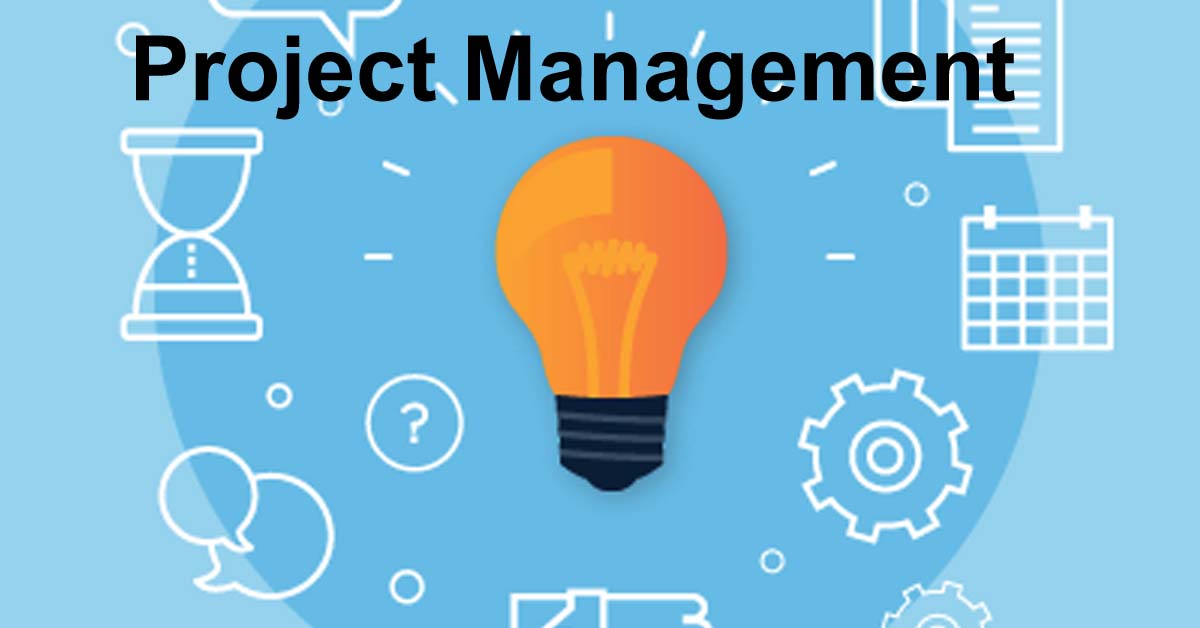Project management is the skill and science of planning, executing, and delivering complex projects on time, within budget, and with quality. Project management articles are a great way to share your wisdom, experience, and insights with other project professionals and enthusiasts. Whether you want to demonstrate your expertise, advertise your services, or educate your audience, writing a project management article can help you achieve your objectives. But how do you write a project management article that is clear, engaging, and effective? In this blog, I will show you the complete guide to writing a project management article in four easy steps. • Step 1: Define your purpose and audience. Before you start writing, you need to have a clear idea of what you want to accomplish with your article and who you are writing for. Your purpose and audience will influence your choice of topic, tone, style, and format. For example: The first step to writing a project management article is to define your purpose and audience. What is the goal of your article? What do you want your readers to know, do, or feel after reading it? Who are your readers? What are their needs, interests, and challenges? How familiar are they with project management concepts and terminology? Answering these questions will help you select your topic, choose a suitable tone and style, and customize your content to your audience. • Step 2: Choose a topic and do your research. Once you have defined your purpose and audience, you need to choose a topic that is relevant, interesting, and valuable for your readers. You also need to do your research and gather reliable and credible information to support your arguments and claims. For example: The second step to writing a project management article is to choose a topic and do your research. Your topic should be related to project management and aligned with your purpose and audience. You can choose a topic based on your own experience, expertise, or curiosity, or based on the current trends, issues, or challenges in the project management field. You can also use online tools such as Google Trends or BuzzSumo to find out what topics are popular and relevant in your niche. Once you have chosen a topic, you need to do your research and find reliable and credible sources of information to back up your points. You can use online databases, journals, books, blogs, podcasts, or interviews to find relevant and accurate data, facts, statistics, examples, or case studies. You should also cite your sources properly and avoid plagiarism. • Step 3: Write your article using a clear structure and format. After you have done your research, you need to write your article using a clear structure and format that makes it easy for your readers to follow and understand your message. You can use the following structure and format for your article: The third step to writing a project management article is to write your article using a clear structure and format. A typical project management article consists of four main sections: introduction, body, conclusion, and references. Here is how you can write each section: • Introduction: The introduction is the first section of your article and it should capture the attention of your readers and motivate them to read further. You can start with a catchy hook, such as a question, a quote, a statistic, or a story, that relates to your topic and purpose. Then, you should provide some background information on your topic and explain why it is important and relevant for your audience. Finally, you should state your main idea or thesis statement, which summarizes the main point or argument of your article. • Body: The body is the main section of your article and it should develop and support your main idea or thesis statement. You can divide the body into several paragraphs, each with a subheading that indicates the main point or subtopic of the paragraph. You should use the PEEL method to write each paragraph, which stands for Point, Evidence, Explanation, and Link. This means that you should start with a topic sentence that states the main point of the paragraph, then provide evidence to support your point, such as data, facts, statistics, examples, or case studies. Next, you should explain how the evidence relates to your point and your main idea or thesis statement. Finally, you should link the paragraph to the next one using a transition word or phrase. • Conclusion: The conclusion is the last section of your article and it should summarize your main points and restate your main idea or thesis statement. You should also provide a call to action, which is a statement that tells your readers what you want them to do, feel, or think after reading your article. You can also end with a memorable or provocative statement that leaves a lasting impression on your readers. • References: The references section is where you list all the sources that you have used in your article. You should follow a consistent citation style, such as [APA], [MLA], or [Chicago], and include all the relevant information, such as the author, title, date, and URL of each source. You should also use in-text citations throughout your article to indicate where you have used information from your sources. • Step 4: Edit and proofread your article. The final step to writing a project management article is to edit and proofread your article to make sure it is clear, concise, and error-free. You can use the following tips to edit and proofread your article: The fourth and final step to writing a project management article is to edit and proofread your article. Editing and proofreading are essential processes that help you improve the quality and readability of your article. You can use the following tips to edit and proofread your article: • Read your article aloud or use a text-to-speech tool to listen to your article. This will help you catch any grammatical, spelling, punctuation, or pronunciation errors, as well as any awkward or unclear sentences. • Use online tools such as [Grammarly] or [Hemingway] to check your grammar, spelling, punctuation, and readability. These tools can also help you eliminate passive voice, wordiness, jargon, and clichés. • Ask someone else to read your article and give you feedback. You can ask a friend, a colleague, a mentor, or a professional editor to review your article and suggest any improvements or corrections. • Revise your article based on the feedback and suggestions you receive. You can also use online tools such as [Copyscape] or [Plagiarism Checker] to make sure your article is original and not copied from other sources. • Conclusion: Congratulate your readers on completing the guide and encourage them to apply what they have learned. You can also invite them to comment, share, or subscribe to your blog. For example: Congratulations! You have just learned the complete guide to writing a project management article in four easy steps. Now you are ready to write your own project management article and share your knowledge, experience, and insights with your audience. I hope you found this guide helpful and useful. If you did, please leave a comment below, share this blog with your friends and colleagues, and subscribe to my blog for more project management tips and tricks. Happy writing!



